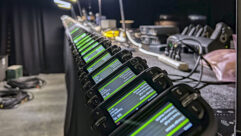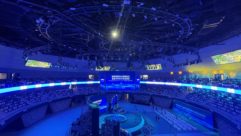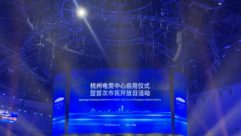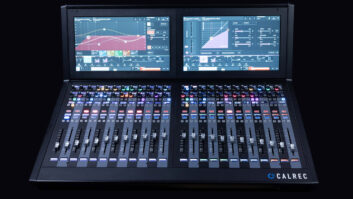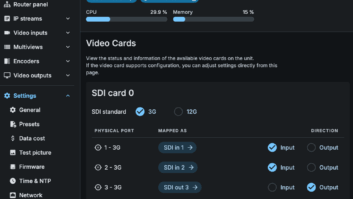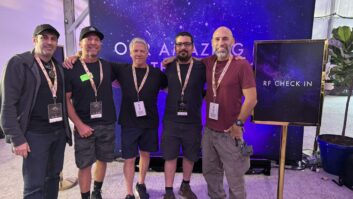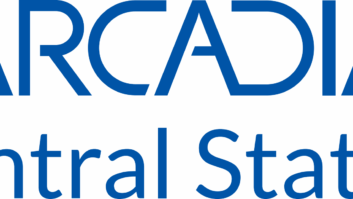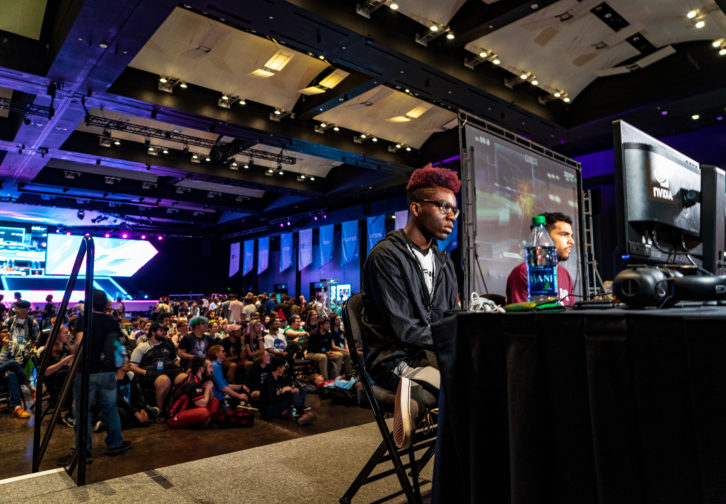
It’s difficult to imagine an application better suited to bring out the best in AV systems. The esports ecosystem encompasses arenas, production headquarters, and virtual access points across the globe; it brings together professionals and amateurs, live events, streaming, and broadcast. It requires advanced technical systems — high resolution, low latency, multi-platform distribution, seamless routing, and a high-impact, immersive guest experience. The systems must be among the most responsive and flexible available to suit the application.
Most esports venues are multi-purpose spaces, they serve multiple kinds of events, they must scale up and down in size and equipment, they must support the technical fluidity that goes with gaming and its high-energy game brands and footage. Often, audiences and participants are remote; many competitions tour. The technical systems are innovative, reflecting diverse technical stakeholders. Those who design and use these systems may not see things in a traditional AV or broadcast paradigm, but a blending of digital media disciplines.
From a business standpoint, esports is also an emerging market. Universities are adding teams and facilities; professional sporting franchises like NBA and NFL are going virtual, the market is poised for potential success. Some estimates put it on its way to being a $1 billion industry this year. (Though of course any business that relies on physically gathering people together can’t count on estimates made even a month ago).
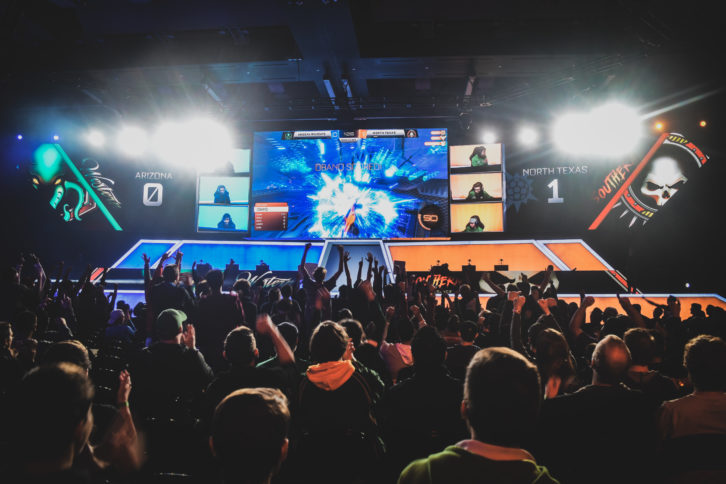
The Esports Stadium Arlington is the largest dedicated esports facility in North America, at 100,000 + sq. ft. It was built in the former Arlington Convention Center in Arlington’s Entertainment District through a financial partnership with the City of Arlington and Mayor Jeff Williams with additional partners including founding member NVIDIA, and the US Marine Corps.
The principals in the project include Esports Venues, LLC, an arm of Infinite Esports, which is owned by Texas Rangers co-owner/ COO Neil Leibman.
The City of Arlington’s agreement with Esports Venues, LLC includes an initial 10-year lease with a 10-year renewal option. Arlington’s renovation and equipment investments would be repaid through annual lease payments, event revenue, stadium naming rights revenue and other opportunities associated with catering to the esports industry. Arlington is already home to an active, engaged gaming community at the University of Texas at Arlington.
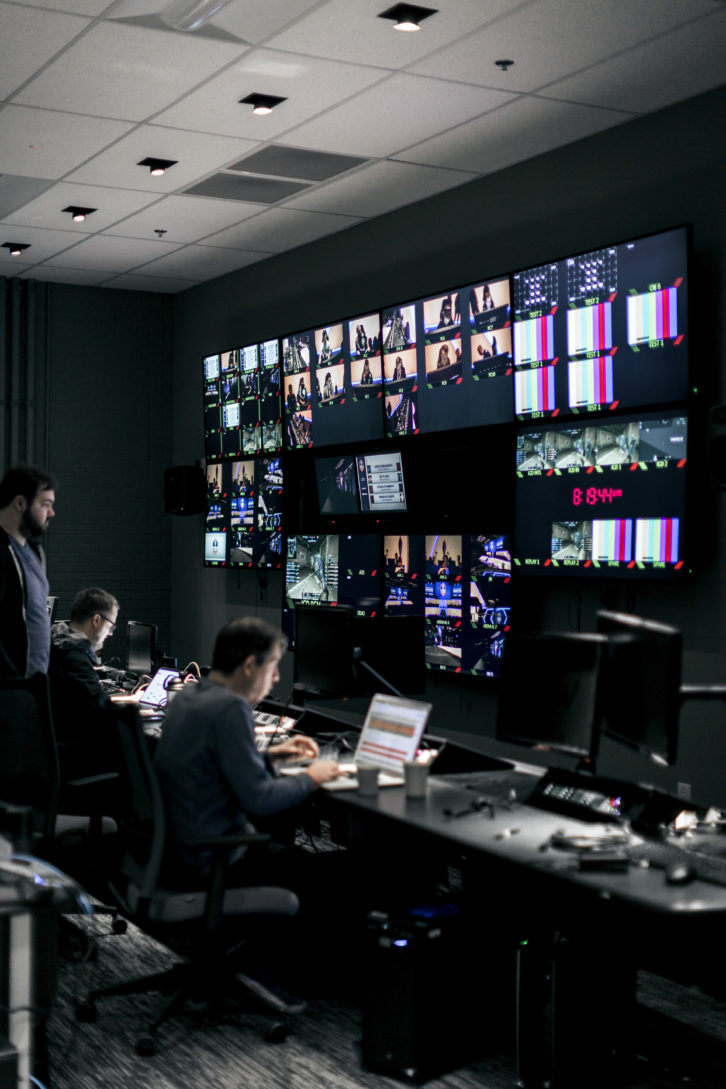 The build out was a collaboration among award-winning sports and entertainment architecture firm Populous, the City of Arlington and Esports Venues, LLC, invested $10.6 million into the former Arlington Convention Center to transform it into a stadium that offers the most immersive spectator experience in the live esports event market.
The build out was a collaboration among award-winning sports and entertainment architecture firm Populous, the City of Arlington and Esports Venues, LLC, invested $10.6 million into the former Arlington Convention Center to transform it into a stadium that offers the most immersive spectator experience in the live esports event market.
For example, besides a state-of-the-art competition space, Esports Stadium Arlington features a Gaming Center with 50-plus gaming stations open to the public seven days a week, as well as retail and social spaces, food and beverage, premium hospitality offerings, broadcast and production studios, and ultramodern team training facilities. The spaces are supported and interconnected with AV systems throughout the facility.
The project was completed in just six months. Architect Populous enlisted Shawmut as its construction partner, with systems integrators including SimplyNew to build out the technology for the venue’s media and IT architecture, broadcast studio, and A/V, and Infinity Sound handling audio and facility-wide video distribution. The stadium and events are managed by NGAGE Esports, one of the nation’s leaders in the field of entertainment marketing.
NGAGE Founder Jonathon Oudthone, who is now President of Esports Stadium Arlington, helped lead the design, build and management of the venue from the start. With a 10-year background in esports himself, including as a player, he says modularity was the #1 philosophy behind the design and the technical bar was set very high.
To serve the wide variety of competitions, the main stage can accommodate events ranging from 1 v 1 to 7 v 7 and up to 100 game stations for battle royale competitions. The venue can also host conferences and corporate events outside of esports. Seating can be scaled from 250 to 2,500 spectators.
The competition arena features 85-ft-long LED board. The main stage LED, player pod displays, and the pre-event lobby LED display are driven with Ross Video products, including a Carbonite Mosaic video processor, XPression Tessera real-time 3D graphics render engine, and DashBoard control system.
The arena also features an immersive, 5.1 surround sound system built on a Dante IP audio network, designed and integrated by Grand Prairie, TX-based Infinity Sound. Tom Jones, VP of Engineering, Jerry Hawley, sales manager and Jerry Tidwell, project manager describe the assignment as quite similar to any of the critical listening environments they build—like an auditorium, performing arts space or concert hall. It’s an immersive environment that needs a full-range sound.
The audio components include two JBL CBT line arrays, more than a dozen QSC WL2082-I-BK arrays with supporting subs, a collection of QSC E110 and E112 speakers, and a range of QSC CXD amps, which interface with the Dante network via a QSC Core. The audio console is a Yamaha TF1, also on the Dante network. Dante Domain Manager Gold knits it together.
Beyond the arena, the Gaming Center is integral to the facility, as the local industry seeks to build a robust esports community in Arlington. Gamers from throughout the Dallas/Fort Worth area can come in seven days a week (12 p.m. – 2 a.m.) to play all the latest games on more than 50 gaming stations — NVIDIA-powered PCs with 240-Hz G-Sync monitors or PlayStation 4, Nintendo Switch, and Xbox One consoles — while engaging with other local gamers, with full access to food, beverage, and retail.
In addition to daily pay-to-play gaming, ES Arlington hosts weekly and monthly meetups, tournaments, and other events inside a mini arena in the Gaming Center to further enrich the community experience.
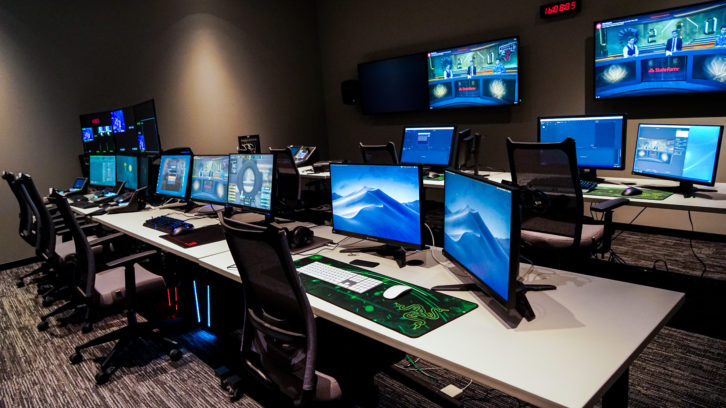 Also contributing to that goal, the Team Area focuses on training and provides players with a communal space comprising eight “Team Rooms,” spaces for players to strategize and practice; a “Player Lounge,” where players can relax and socialize; and media and staff areas, where coaches can supervise their players remotely.
Also contributing to that goal, the Team Area focuses on training and provides players with a communal space comprising eight “Team Rooms,” spaces for players to strategize and practice; a “Player Lounge,” where players can relax and socialize; and media and staff areas, where coaches can supervise their players remotely.
Throughout these spaces, Infinity Sound installed a Contemporary Research IPTV distribution system to serve Samsung televisions and other endpoints. At the heart of this distribution system are the Contemporary Research QMOD HDMI-2 and QMOD-SDI 2 HDTV modulators/IPTV encoders, and the related display controllers—a solution that Infinity Sound turns to often for more traditional installations. Sources include a range of content from all over the world as well as local content from the arena’s many production cameras.
Oudthone explains that one of the key aspects of this distribution network is managing what to show in each room. For example it’s imperative that coaches who are managing their arena teams live from back of house, see only the angles that show their players and don’t have undue advantage by seeing other teams’ screens.
At the heart of the production part of the operation is a 4M/E Grass Valley Karrera K-Frame S-Series switcher (64 inputs/32 outputs), as well as Grass Valley Densité and enterprise-class NVISION 8280 routing systems.
The camera arsenal includes Sony PTZ cameras, Blackmagic Design cameras (and ATEM subswitcher), Grass Valley with big Canon 66X zooms and the first delivery of Canon’s first 4K compatible medium telephoto broadcast lens. Eight Grass Valley LDX 86N 4K-capable cameras are on hand for in-arena coverage: two handhelds, three long-lens cameras, a jib, and two studio cameras. The long-lens cameras are outfitted with the new Canon UHD-DIGISUPER UJ 66X9B box zoom lenses, the camera manufacturer’s first 4K-compatible medium telephoto broadcast lens. Focal length on the telephoto end was a priority for ES Arlington, and it was the first facility in the world to receive the new Canon lenses, which offer 66X magnification and the operability of a 2/3-in. HD field lens along with telephoto-end focal length of 600mm (1,200mm when using the built-in 2X extender).
The equipment room houses 19 racks of gear, and more than 200,000 ft. of fiber and copper cabling has been laid throughout the facility. ES Arlington also has full encoding capability to all streaming broadcast platforms and is fully compatible with a mobile unit should the client require it.


